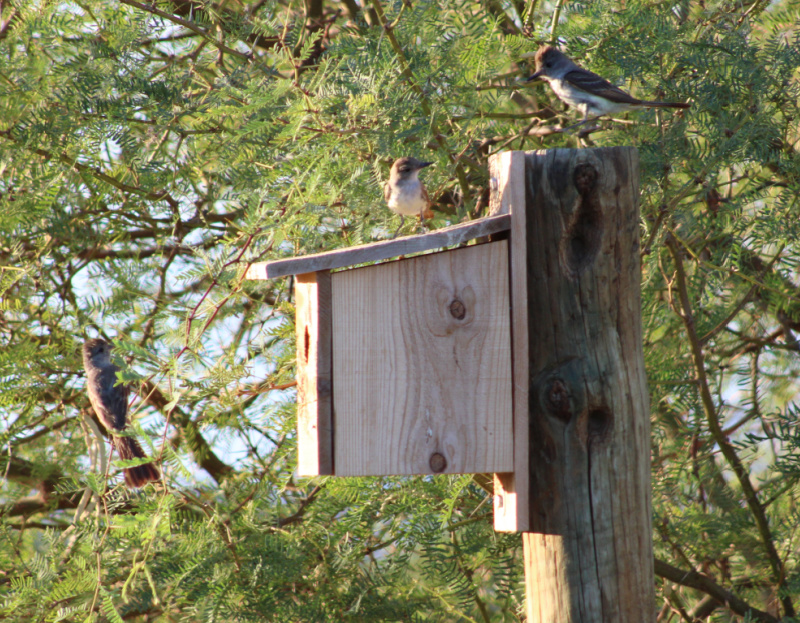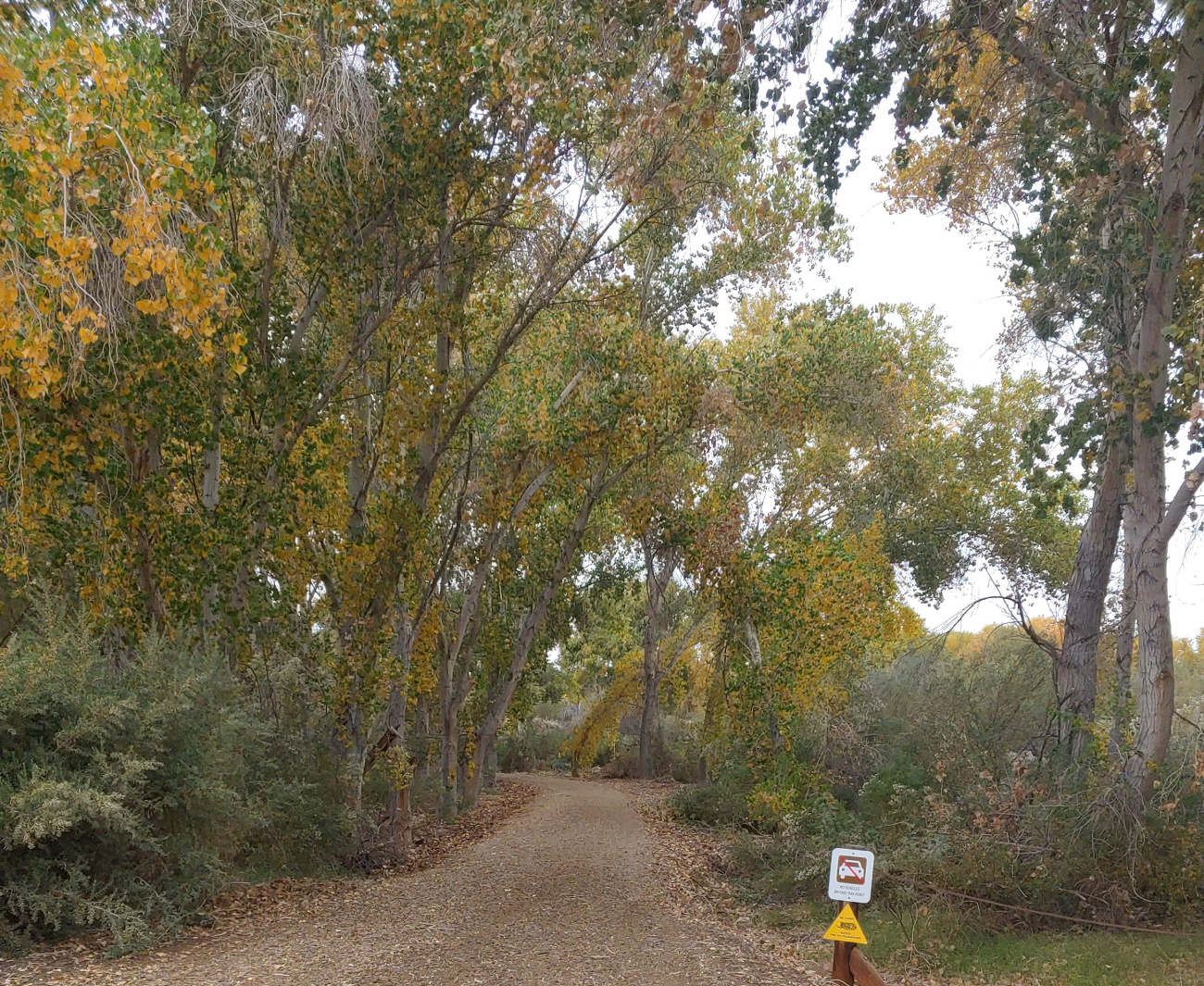Friends of Cibola National Wildlife Refuge was established in 2018. Originally developed amongst a few friends with a common goal in mind, to help assist the local refuge. Volunteers and members have joined together hosting projects to clean up and restore the habit for wildlife and visitors. Other projects include benches and bat and bird nesting boxes.
Cibola NWR features more than 1,300 acres of agricultural fields and undeveloped land planted with native vegetation to restore cottonwood/willow, mesquite and desert upland habitats. The land and water rights are leased to the Bureau of Reclamation until 2055 as a part of the lower Colorado River Multi-Species Conservation Program, which was created to balance the use of the Colorado River water resources with the conservation of native species and their habitats. The program works toward the recovery of species listed under the Endangered Species Act.
 A bird-watcher’s paradise, Cibola NWR attracts species like the Gila woodpecker, Sonoran yellow warbler, summer tanager, vermilion flycatcher and yellow-billed cuckoo. There also are opportunities to observe bats — California leaf-nosed, pale Townsend’s big-eared, Western red and Western yellow — as well as coyotes and the Colorado River cotton rat.
A bird-watcher’s paradise, Cibola NWR attracts species like the Gila woodpecker, Sonoran yellow warbler, summer tanager, vermilion flycatcher and yellow-billed cuckoo. There also are opportunities to observe bats — California leaf-nosed, pale Townsend’s big-eared, Western red and Western yellow — as well as coyotes and the Colorado River cotton rat.
The Friends has collected a variety of information on the wildlife, the plants and effects of trash left behind from volunteers and members and can be found here: Friends of the Cibola: Did you Know
They also host a 5k walk and a youth fishing clinic! Do you like collecting swag? They have that too! You can participate in their donation with a gift program. At different levels of donation from $2 to $22, you can receive gifts like stickers, key chains, coffee mugs and hats!
The refuge is a beautiful place to visit but, be aware there is no overnight public camping, no open fires, and no firewood cutting or gathering.
Friends of the Cibola NWR Website
Directions: From Yuma, Ariz., take Interstate 8 west to the Ogilby Road exit. Take Ogilby Road to Highway 78. Take the right side of the fork to River Road. Follow River Road across the bridge. The CVCWA is a collection of fields mostly along the river (look for native cottonwood/willow and honey mesquite planted in them).
